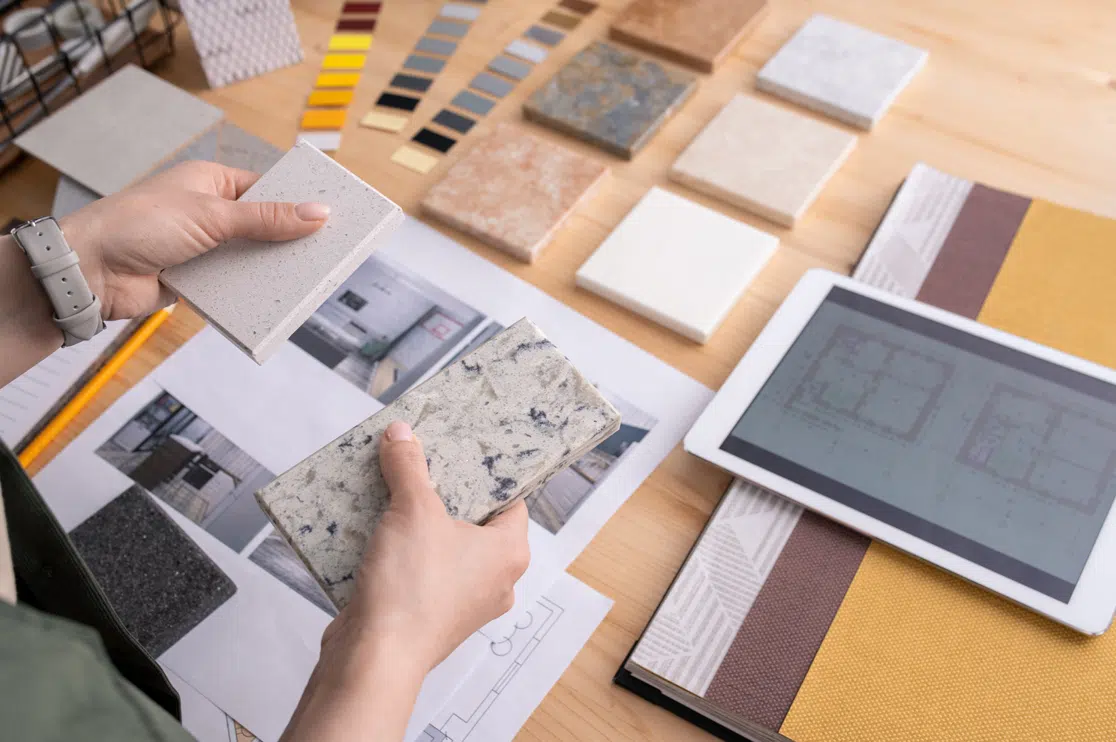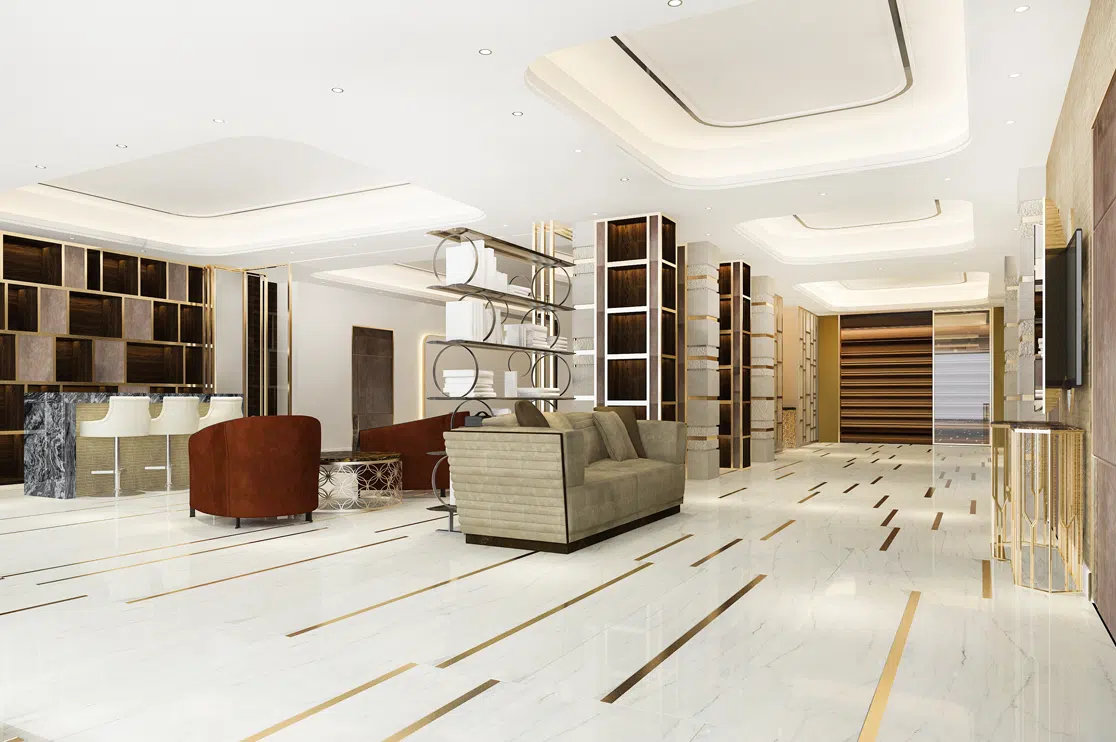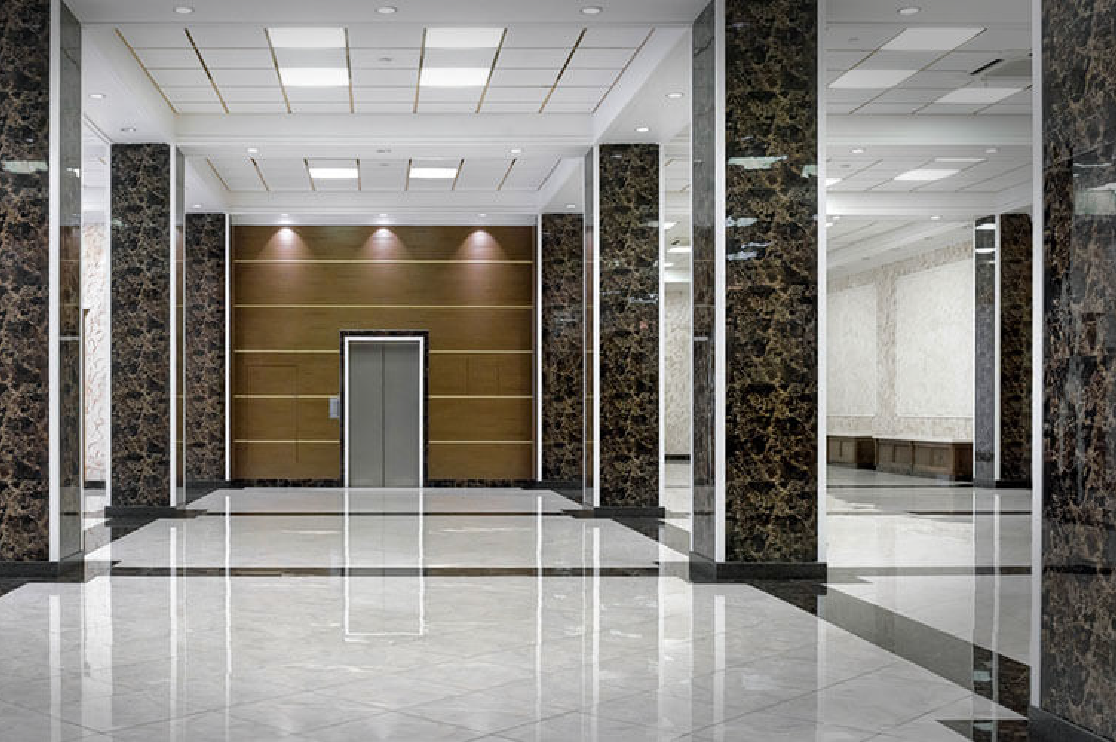The Design Process
The process of design follows diagrammatic phases. While the information and decisions made in one phase form the basis of the subsequent phases, a design is seldom a direct process. Instead, one typically shifts between phases, allowing modifications of the design.
Conceptual Design
The first phase involves creating an elementary design based on the client’s ideas. Abstract concepts are developed, tested and redeveloped with the aim of creating a set of information for the subsequent phases of the design process.
The preliminary design is presented to the clients, who offer their input. The design is then reviewed and adjustments made. During this time, layout, form and overall appearance of both the building and the site are determined. Sketches, drawings, study models, and CAD and 3D architectural designs are prepared to define ideas and concepts.
Drafting and Detailing
This phase runs parallel to the conceptual design phase. Once the size, layout and character of the building and site are fixed, designs of elements such as stairs, cabinetry, fireplaces and built-in furniture begin. Drawings or CAD preparations are created and describe important technical details.
Plans, elevations and sections through the building are developed. Architectural details are combined, and materials are arranged according to the production information. Their strategic placing determines the shape and characteristics of the building.
CAD Views and Rendering
After the design and drafting of the structure, interior and exterior views are created by incorporating color and the materials to be used. The architect develops a set of views that will enable the architecture to be viewed and understood by the clients and by those involved in the development process.
A comprehensive 3D architectural view allows the clients to verify that their specifications regarding the structure have been accurately depicted. Architectural views usually consist of the front, the side, and the plan. 3D rendering refers to creating a two-dimensional or three-dimensional image of a structure, showing its different attributes.
Finalization and Implementation
The designs and drafts are presented to the clients. Suggestions and adjustments are made and the design is finalized. The design is then conveyed to those involved in the construction and development process, and construction begins.
Featured Insights
AutoCAD And RFMS: Find the Perfect Fit for Your Tile & Stone Shop Drawing Projects
Exploring the Array of Tile & Stone Shop Drawing Services: Choose Your Right Solution
Mastering the Tile Shop Drawing Workflow: How Precision Prevents Costly Delays and Chaos
On Time, Everytime! Reasons to Choose BluEnt as Your Tile & Stone Shop Drawing Partner

















